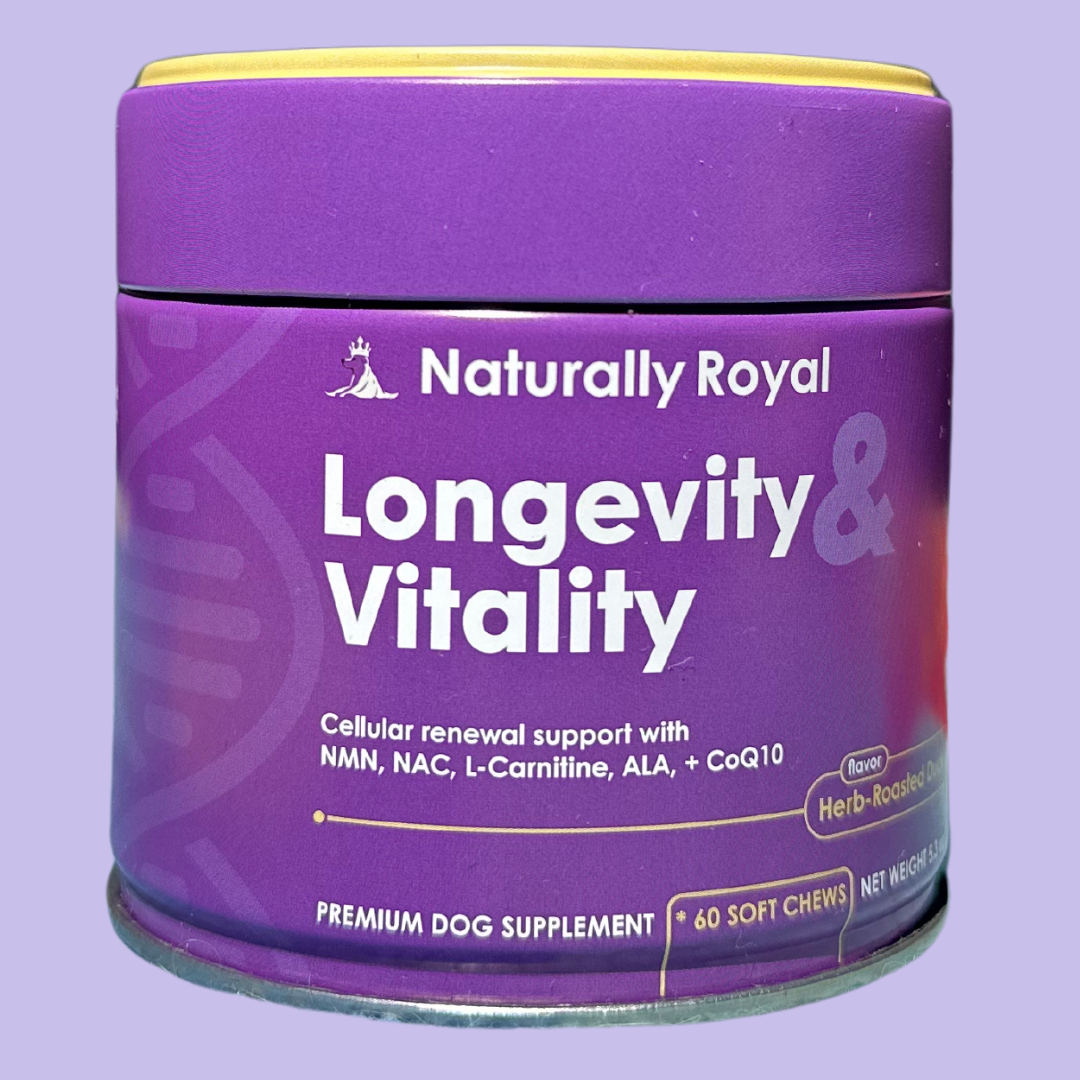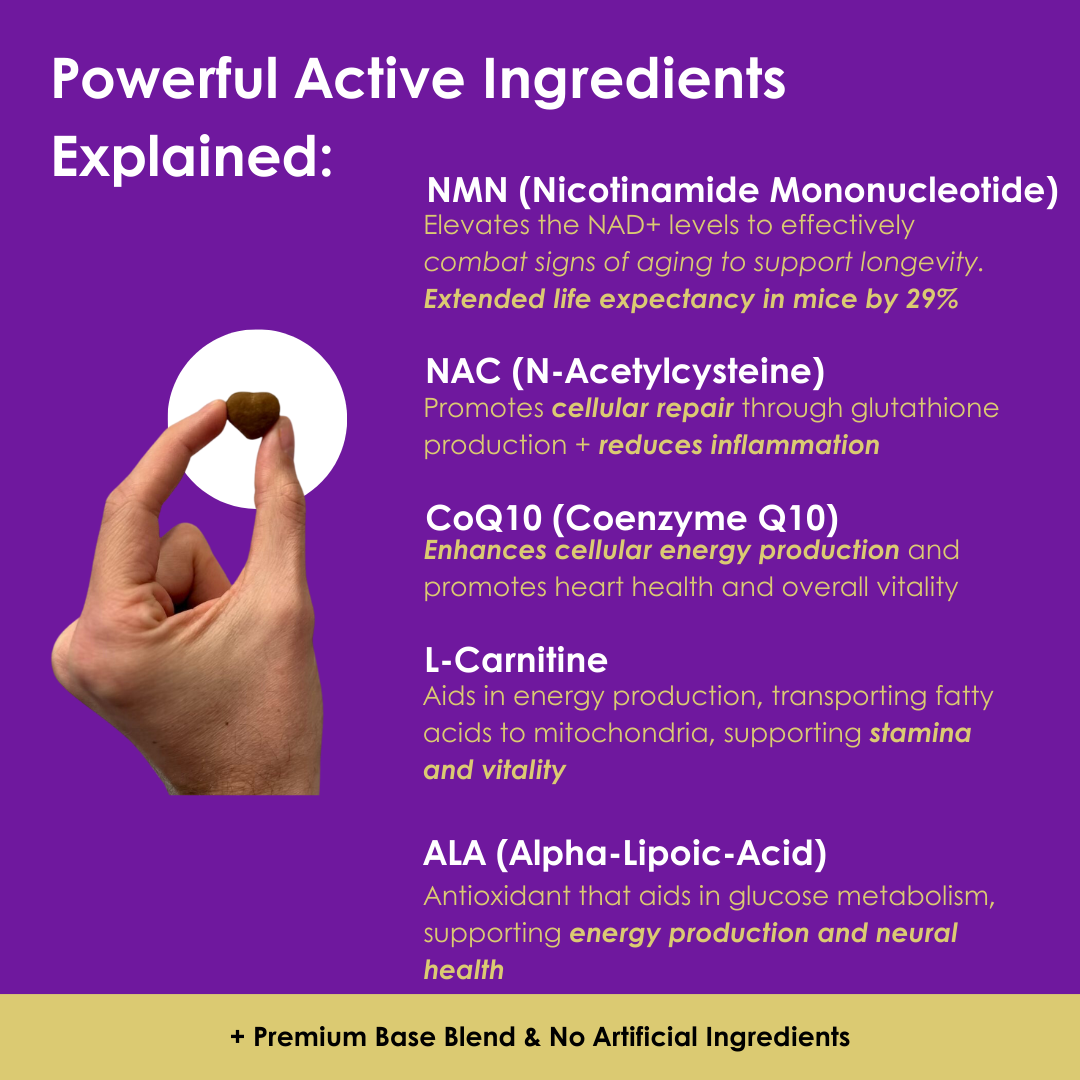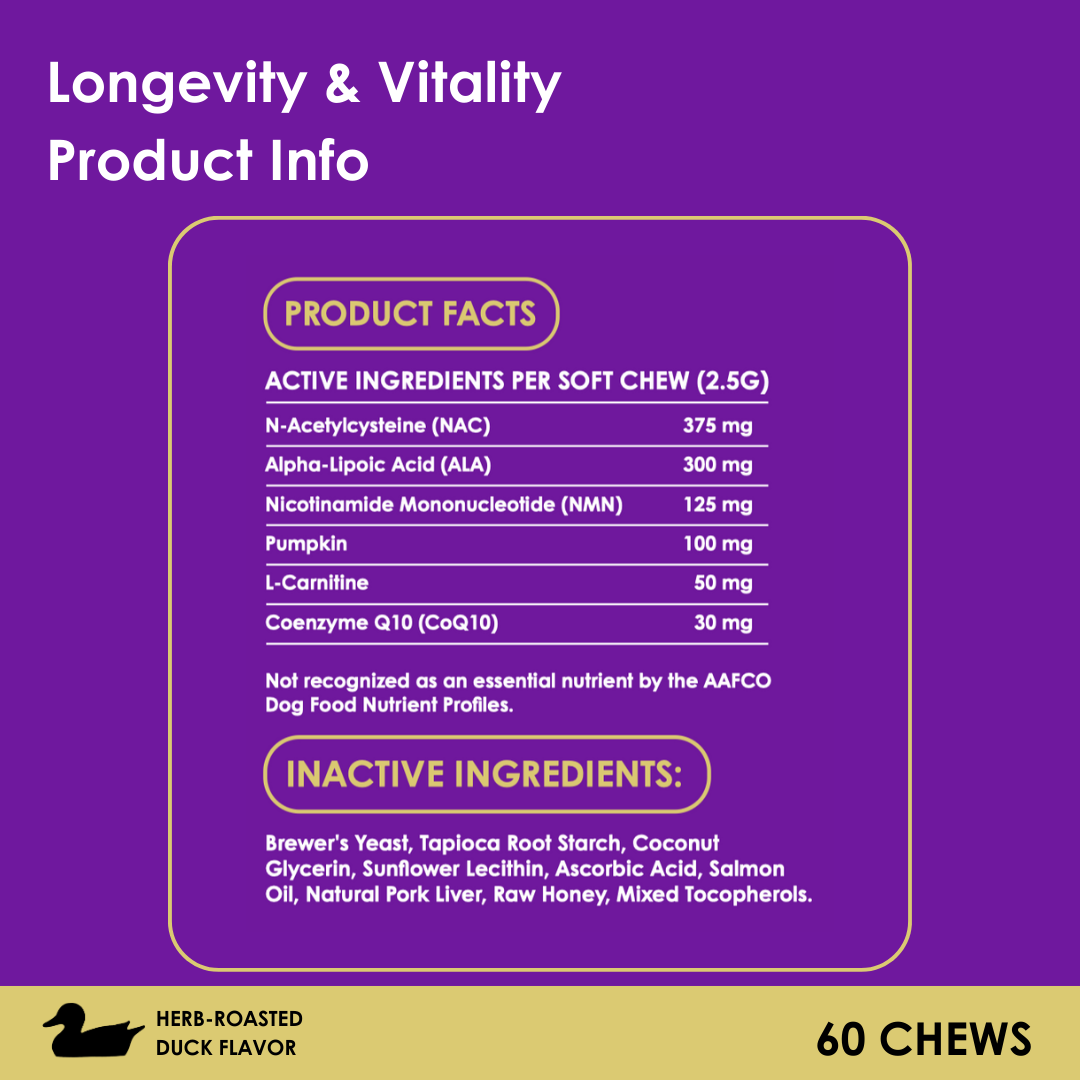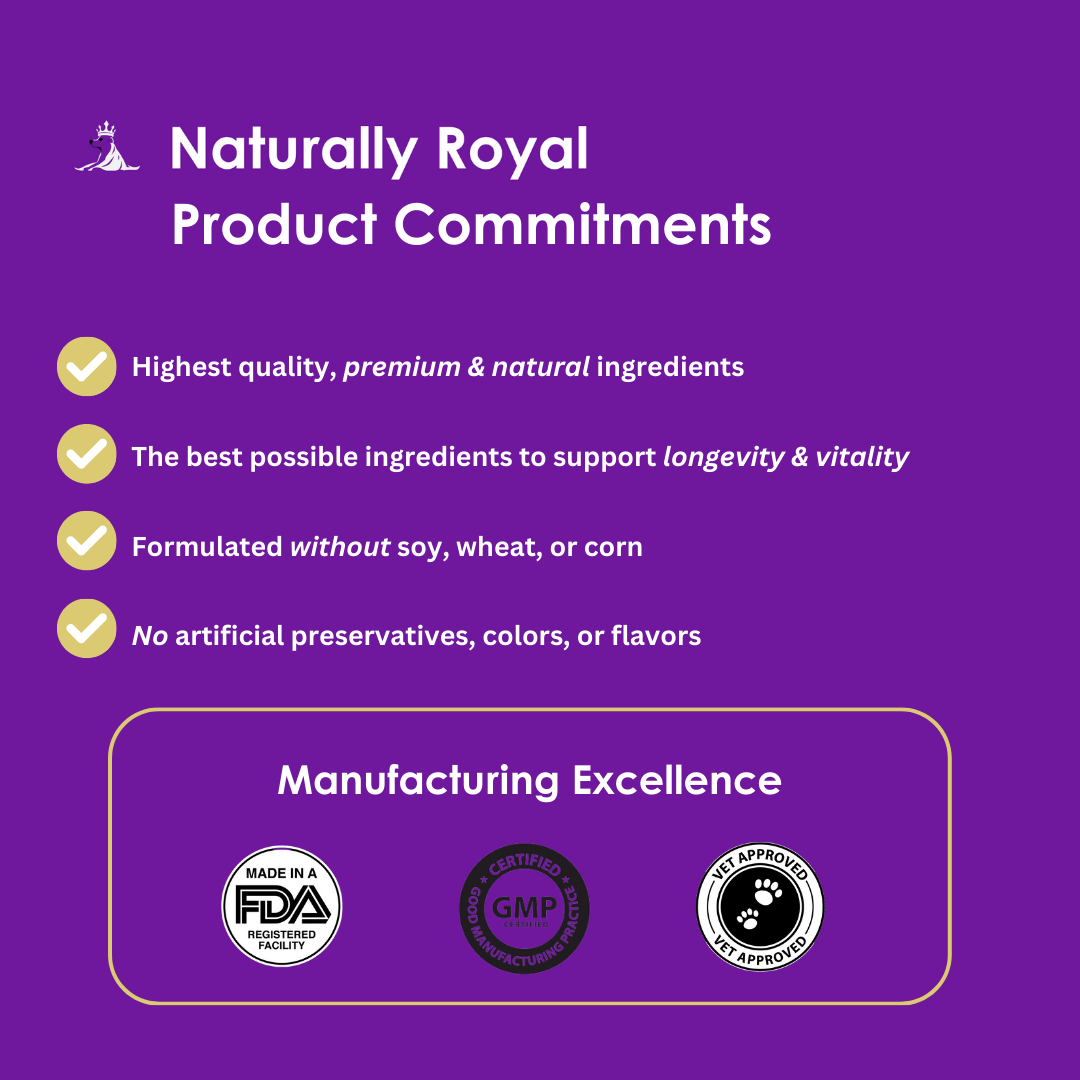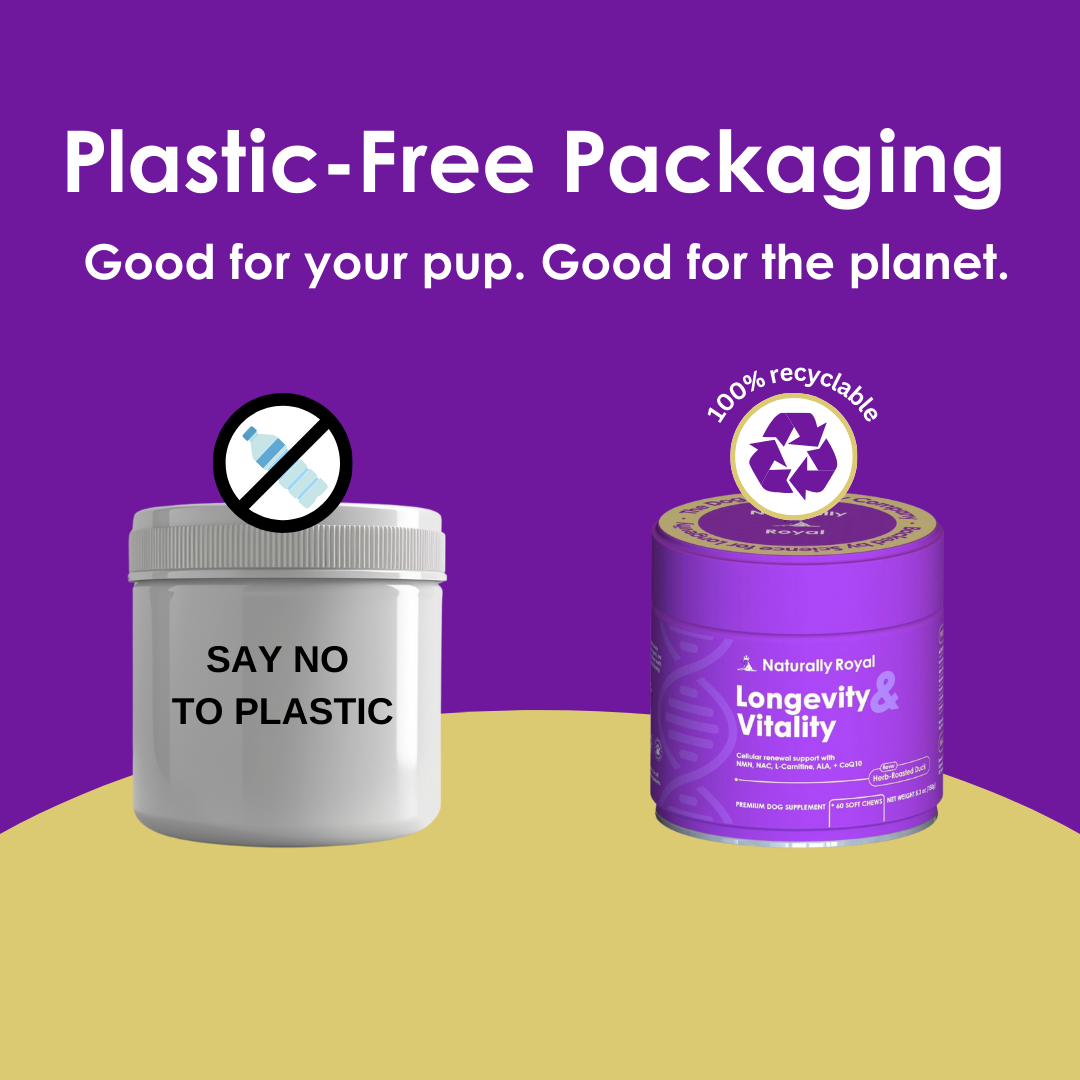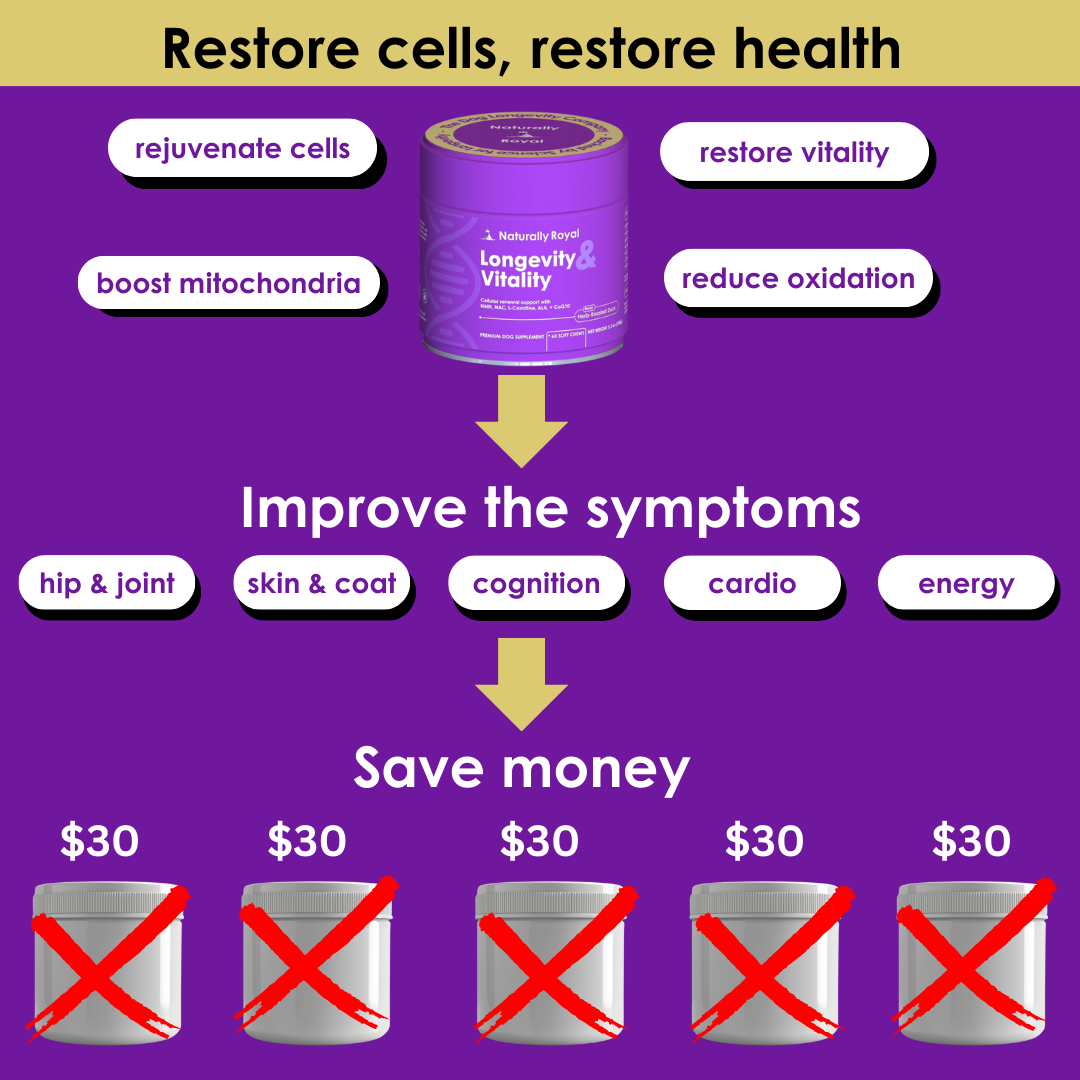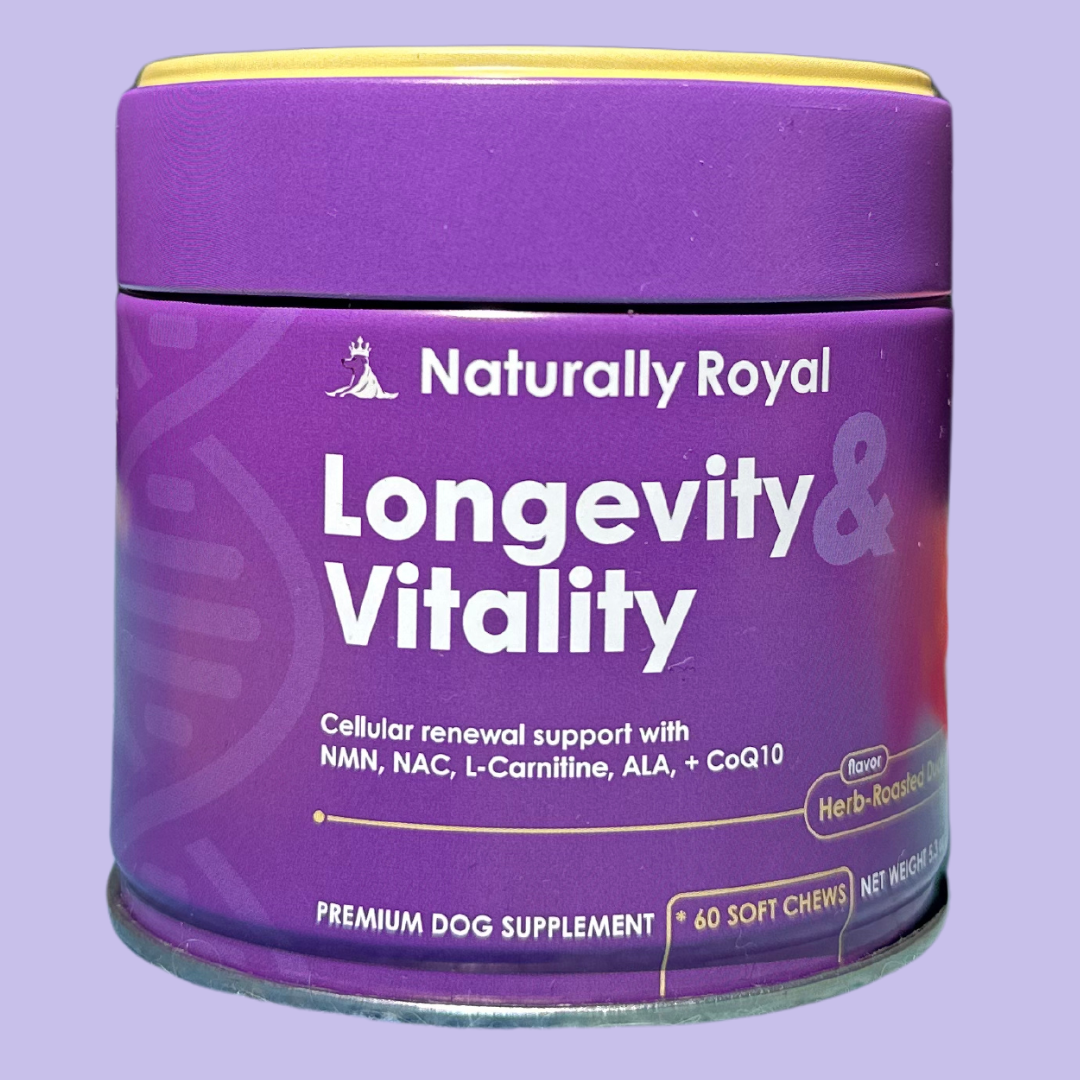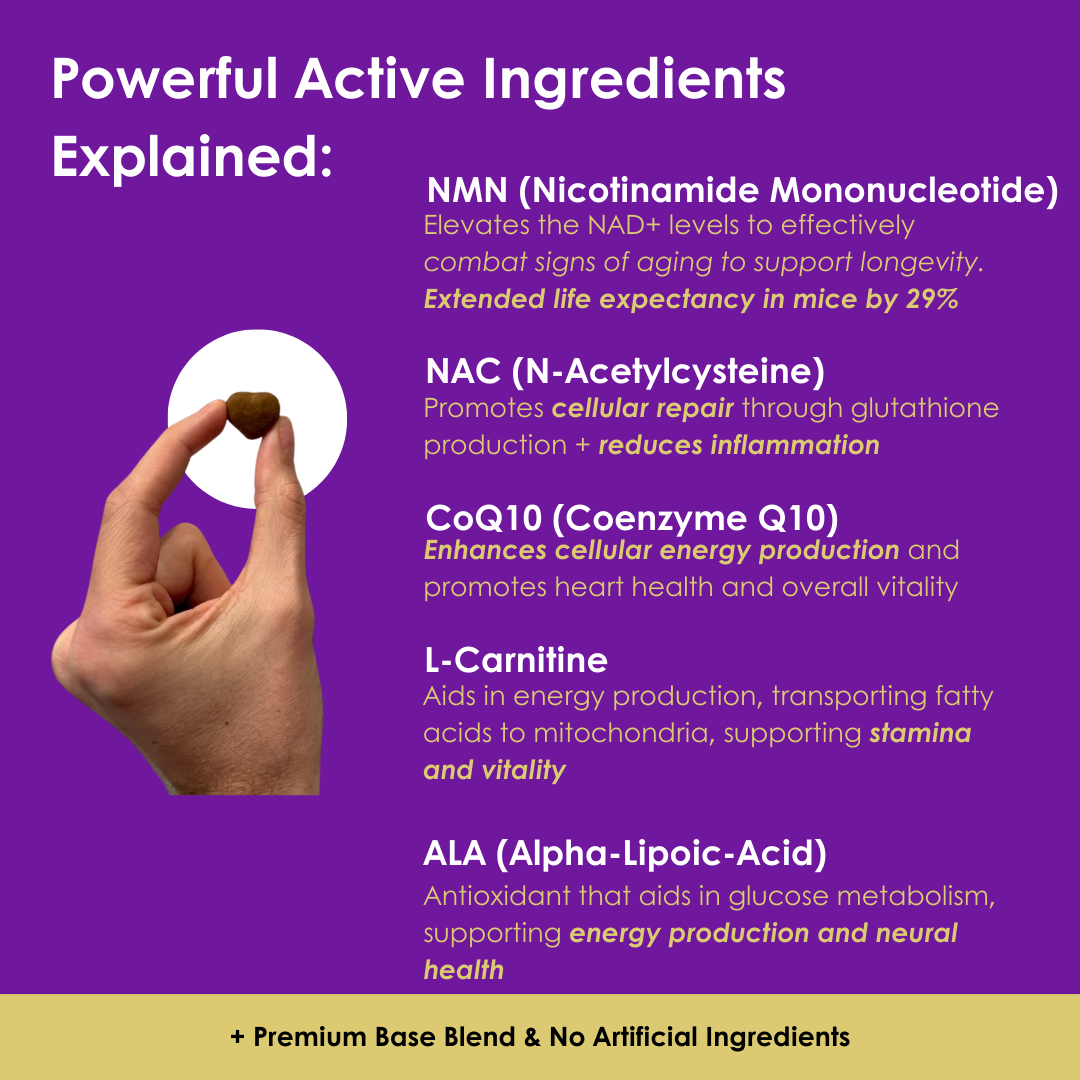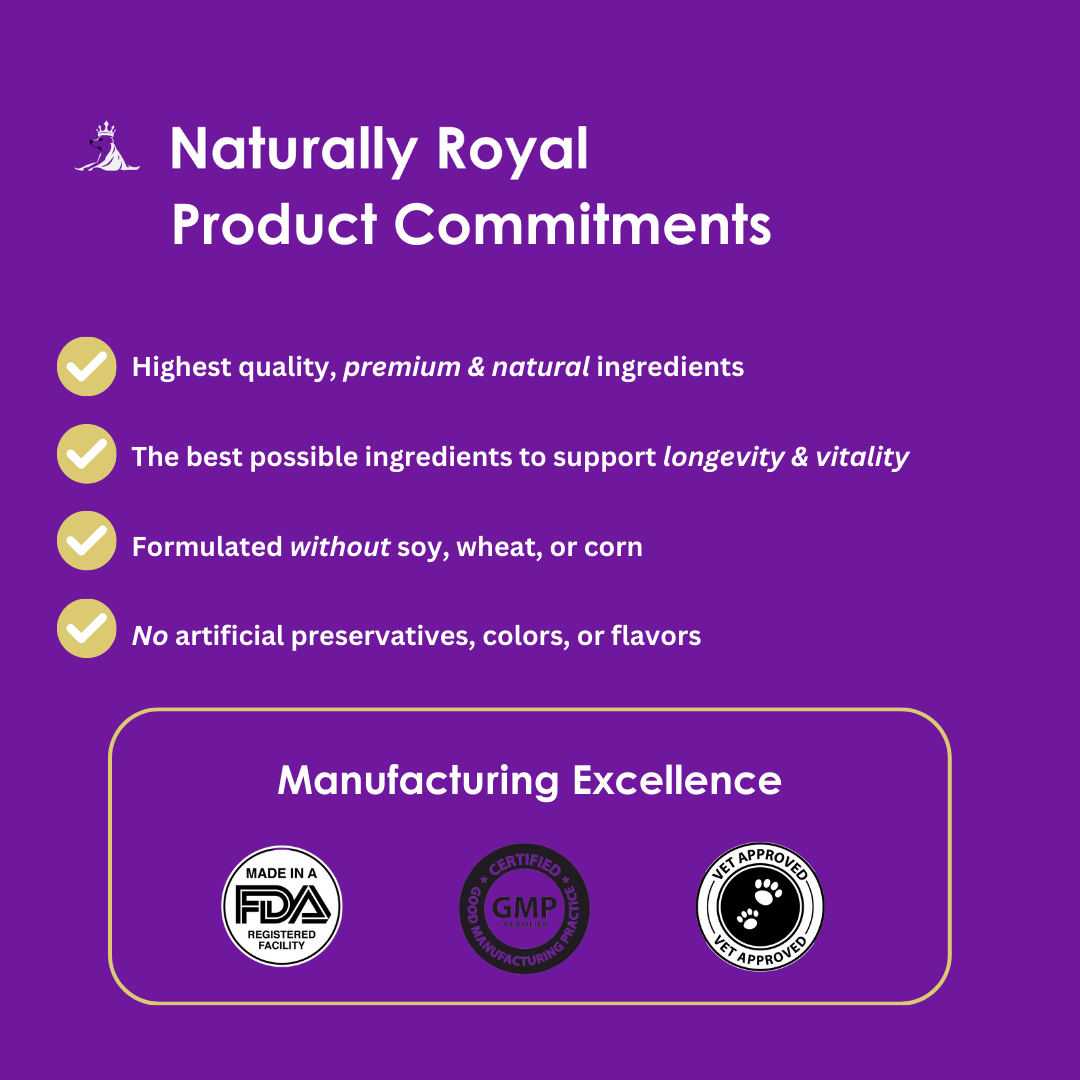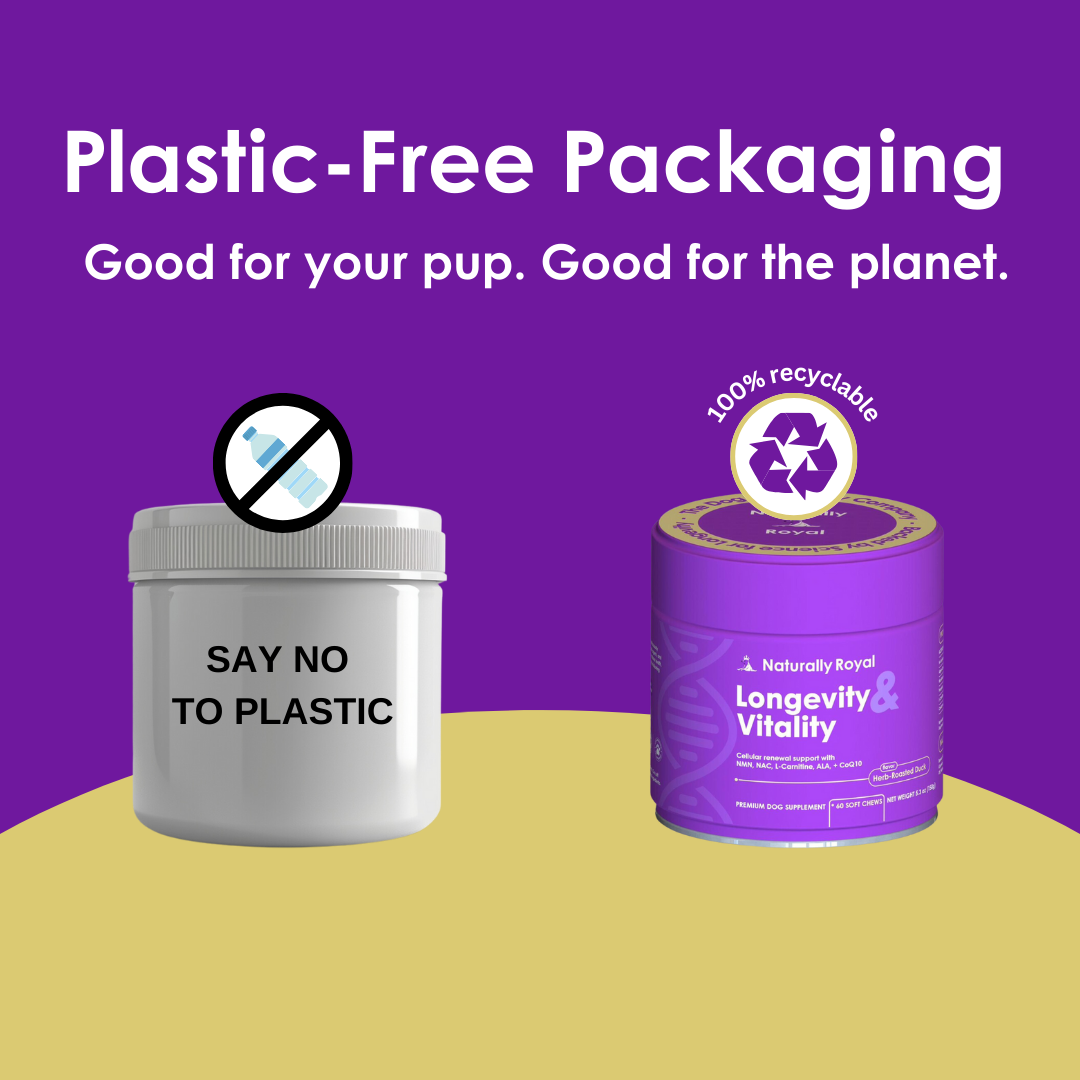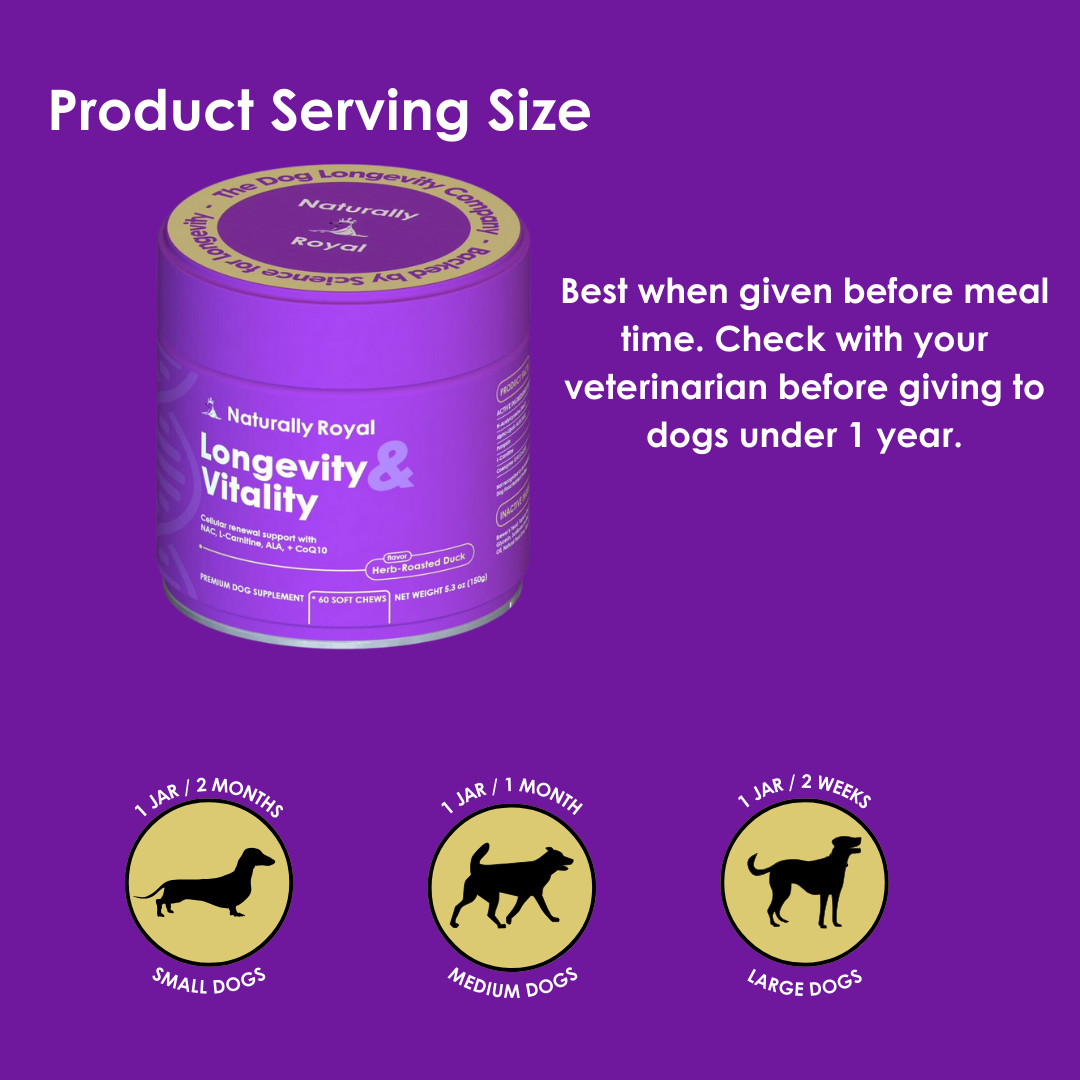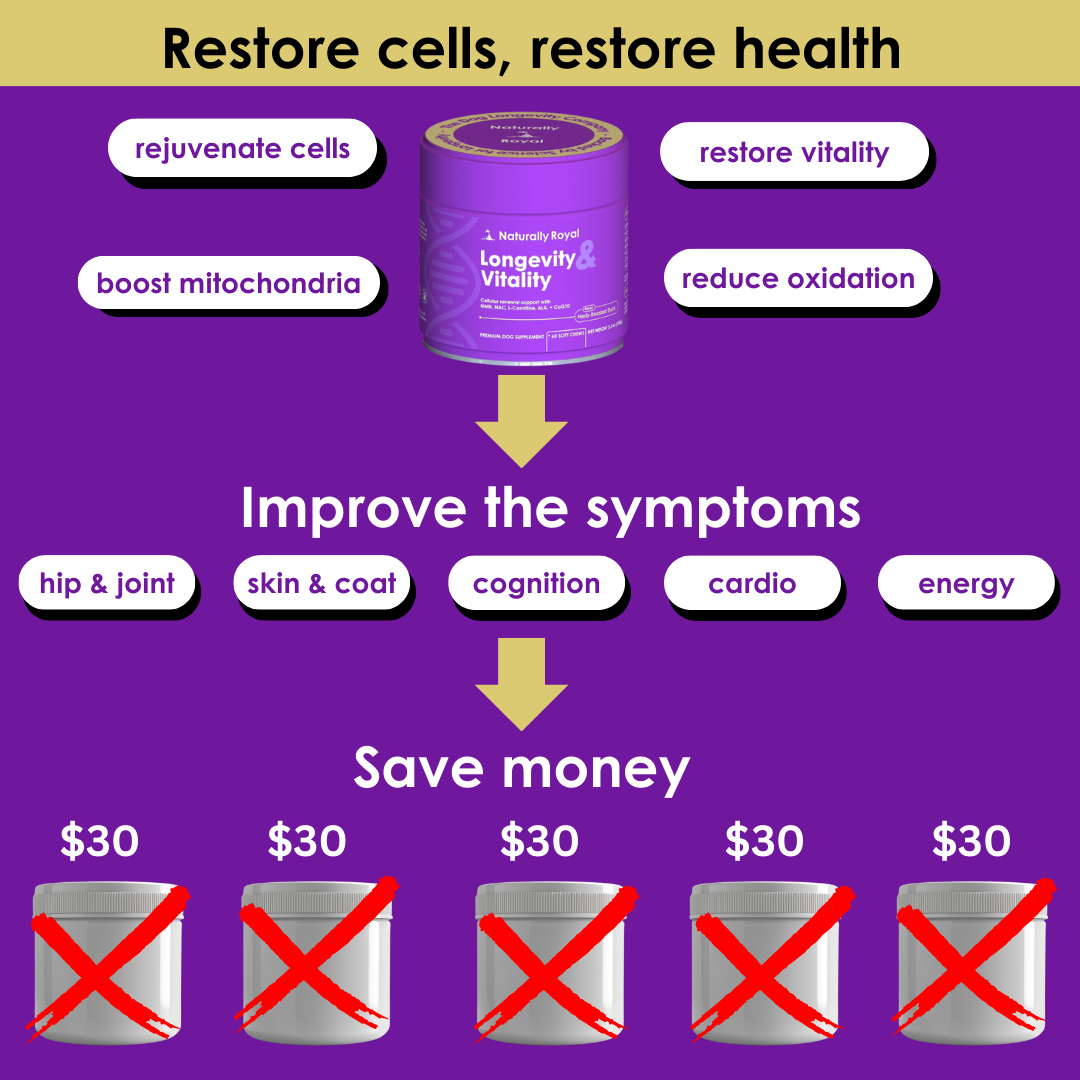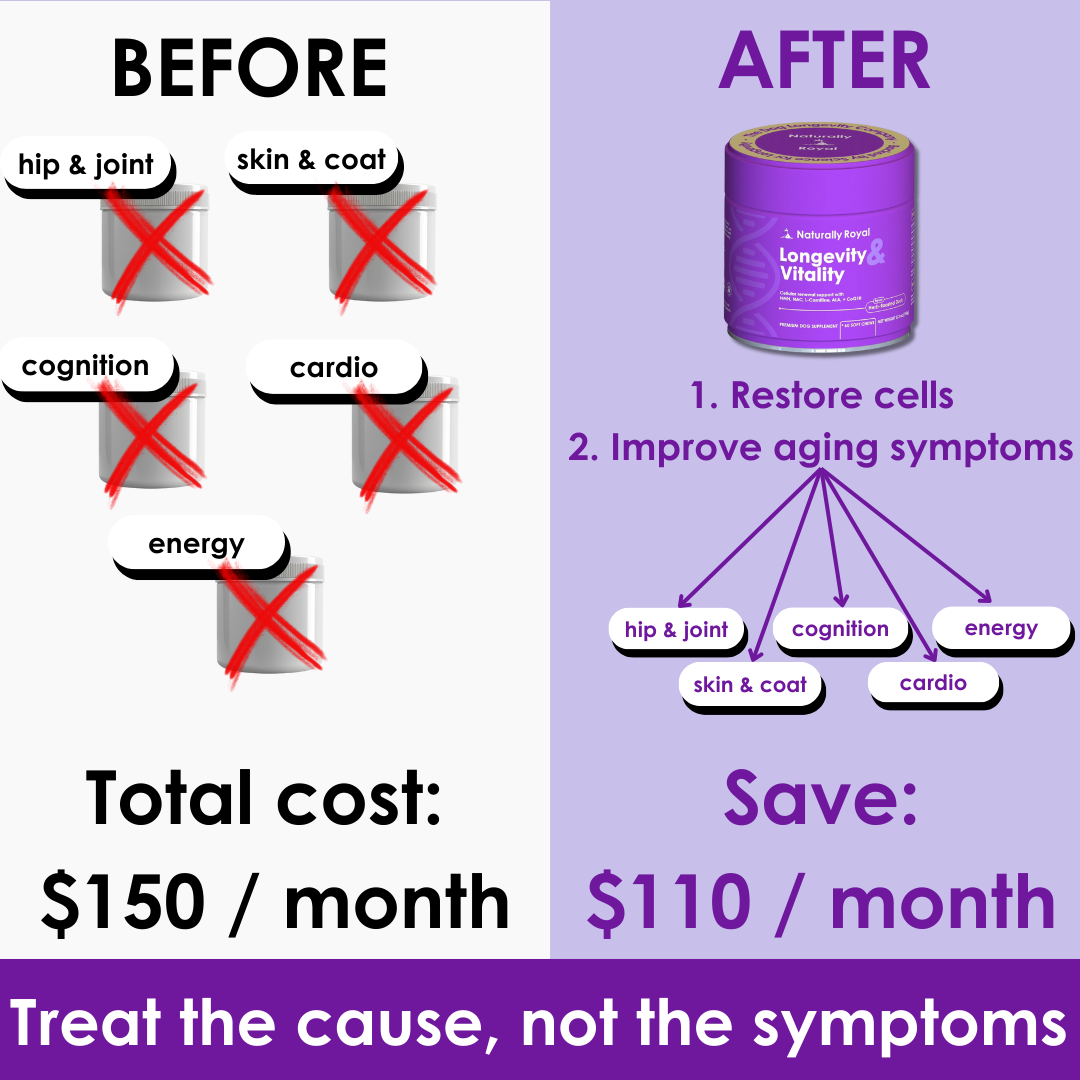Best Ways to Store Food for Longevity
Proper storage of pet food is crucial to maintaining its nutritional value, safety, and overall quality. A recent study highlights the potential dangers associated with improper storage methods, particularly the use of plastic storage containers. Here’s what you need to know to ensure your pet’s food remains safe and nutritious:
Key Takeaway:
Removing pet food from its original packaging and storing it in plastic containers can lead to significant degradation of the food’s quality. The study found that plastic storage containers were designed to control vermin, not to maintain the stability or safety of pet food ingredients. This improper storage can lead to the degradation of fats in the food, which not only alters its nutritional value but also creates compounds that have the potential to damage and mutate DNA, potentially leading to cancer.
Findings:
The study revealed that plastic storage containers could pose serious health risks to pets. Key findings include:
- Degradation of Fats: Plastic containers can cause the breakdown of fats in pet food. This degradation alters the food’s nutritional value, making it less beneficial for your pet.
- Formation of Harmful Compounds: The breakdown of fats in plastic containers can result in the formation of compounds that are harmful to pets. These compounds have the potential to damage and mutate DNA, increasing the risk of cancer.
- Long-Term Health Risks: Continuous use of plastic containers for storing pet food can lead to the accumulation of these harmful compounds in your pet’s body, potentially leading to chronic health issues, including various types of cancers.
Best Practices for Storing Pet Food:
-
Keep Food in Its Original Packaging:
- Why? The original packaging is specifically designed to preserve the nutritional and sensory properties of pet food.
- How? Place the entire package inside an airtight container to protect it from pests while maintaining its integrity.
-
Store in a Cool, Dry Place:
- Why? Exposure to heat and moisture can accelerate the degradation of fats and promote the growth of harmful bacteria.
- How? Store pet food in a pantry or cupboard that is not exposed to direct sunlight or high temperatures.
-
Avoid Plastic Containers:
- Why? Plastic containers are not designed to preserve the nutritional quality of pet food and can cause harmful chemical changes.
- How? If you must transfer food, use containers made of materials like glass or metal, which do not interact with the food.
-
Seal Tightly After Each Use:
- Why? Proper sealing prevents exposure to air, which can lead to oxidation and spoilage.
- How? Use clips or airtight seals to close the original bag, or the lid of the storage container, tightly after each use.
-
Check Expiration Dates:
- Why? Using expired food can pose health risks due to potential bacterial contamination and loss of nutritional value.
- How? Regularly rotate your stock and ensure older packages are used before newer ones.
-
Monitor for Any Changes:
- Why? Changes in smell, texture, or color can indicate spoilage or contamination.
- How? Always inspect pet food before serving it to your pet.
Impact on Longevity:
Proper storage of pet food helps maintain its nutritional value and safety, which directly impacts your pet's health and longevity. By avoiding the degradation of fats and the formation of harmful compounds, you can ensure that your pet receives the best possible nutrition, reducing the risk of chronic diseases and supporting a long, healthy life.


